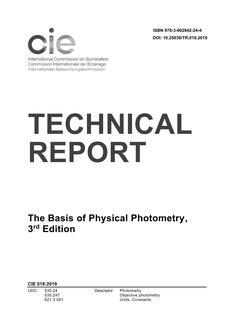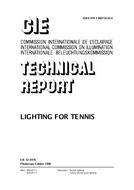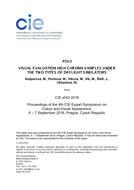Click here to purchase
A non-uniform luminance distribution produces more discomfort glare than a uniform one of equal average luminance. Since the average luminance level for the standard UGR calculation considers mostly the total luminaire surface, its applicability for non-uniform light sources is under discussion. With a growing market share of highly non-uniform LED luminaires, a valid discomfort glare metric becomes essential. The UGR can elegantly be improved by discriminating between background and light emitting part(s) of a luminaire. A luminance threshold identifies the high luminance pixels in a luminance map as actual light emitting surface. A subjective visual experiment encompassing commercially available recessed office luminaires validates the improved UGR method. With a coefficient of determination of 0.44, the standard UGR fails to predict discomfort glare. Covering also non-uniform light sources, the improved UGR, with a coefficient of determination of up to 0.80, elegantly ameliorates the visual discomfort calculation from a luminance map.
Product Details
- Published:
- 09/01/2016
- Number of Pages:
- 8
- File Size:
- 1 file , 940 KB
- Product Code(s):
- x043-PO49, x043-PO49, x043-PO49


